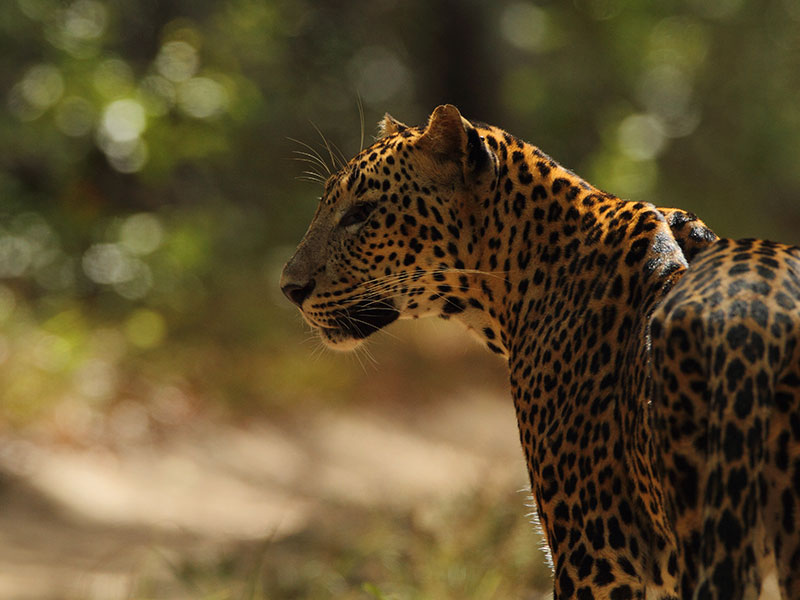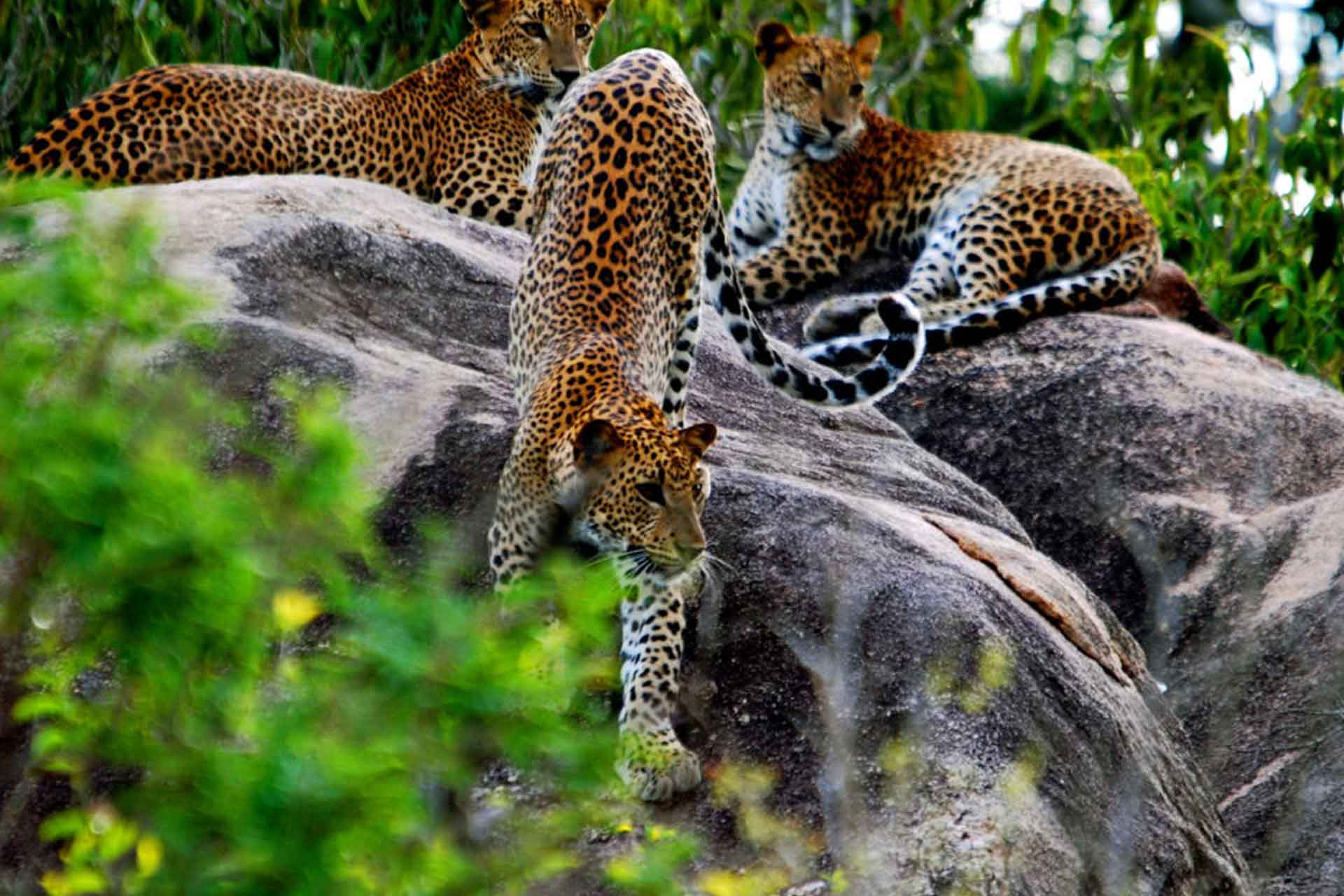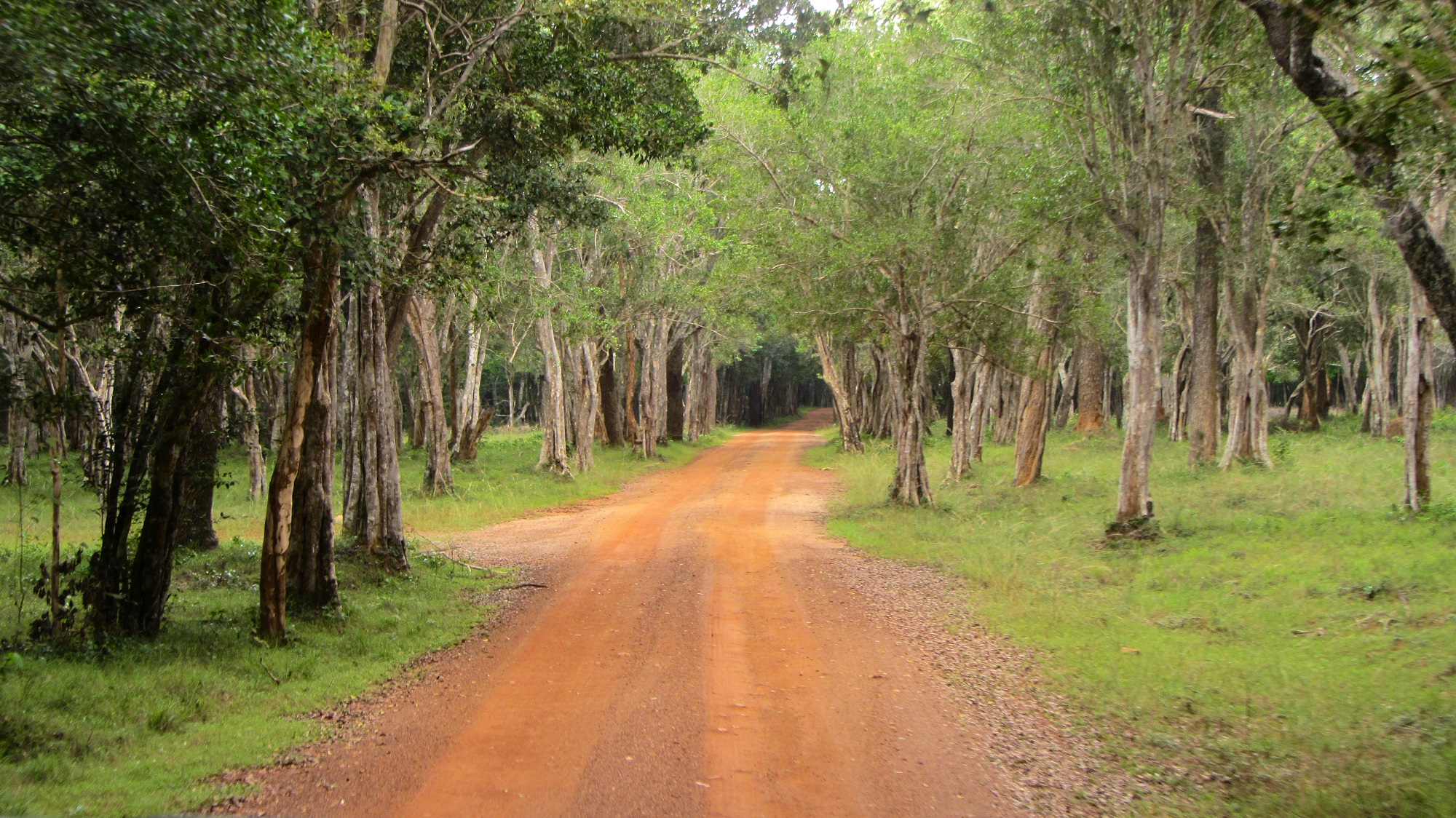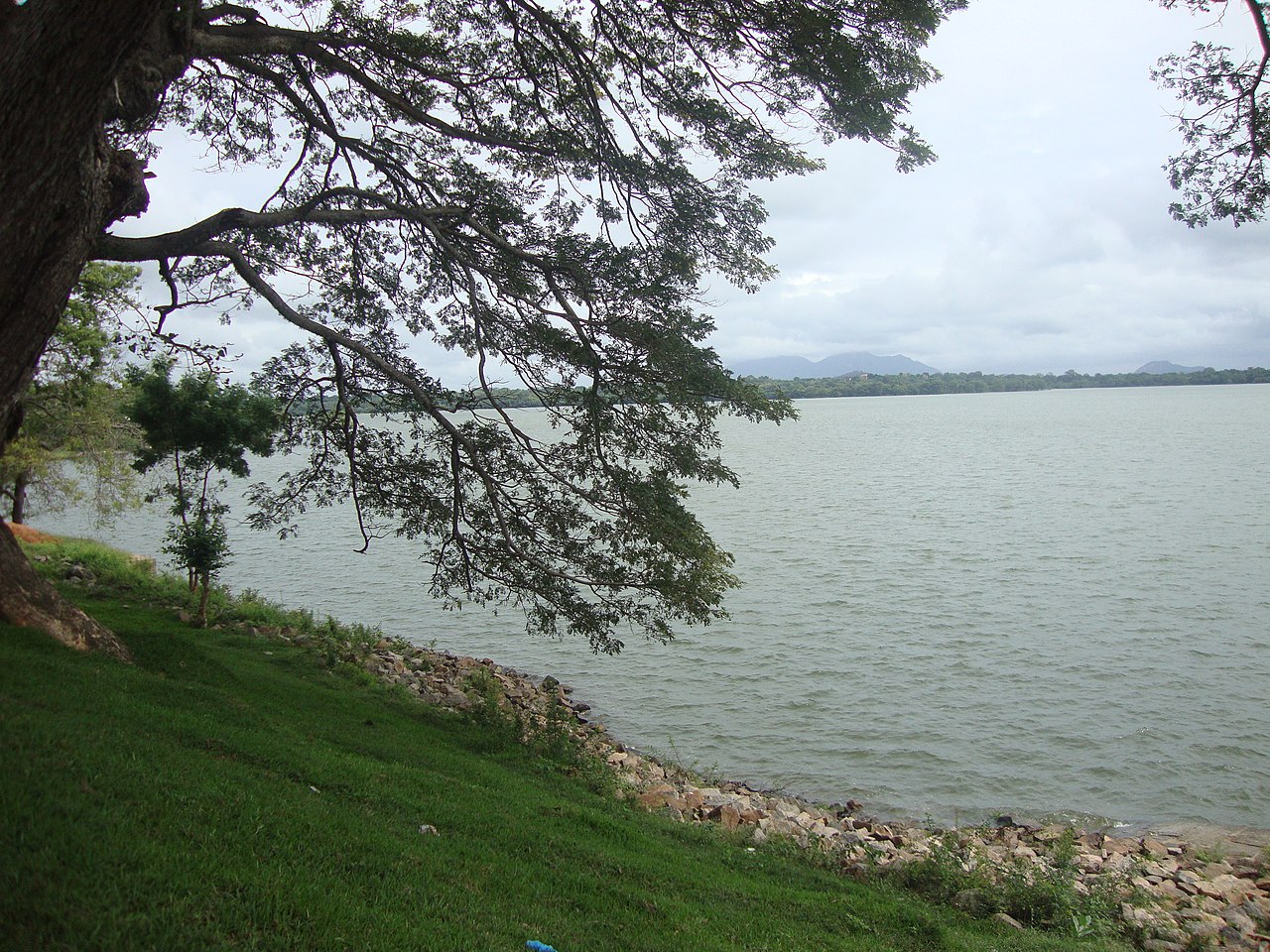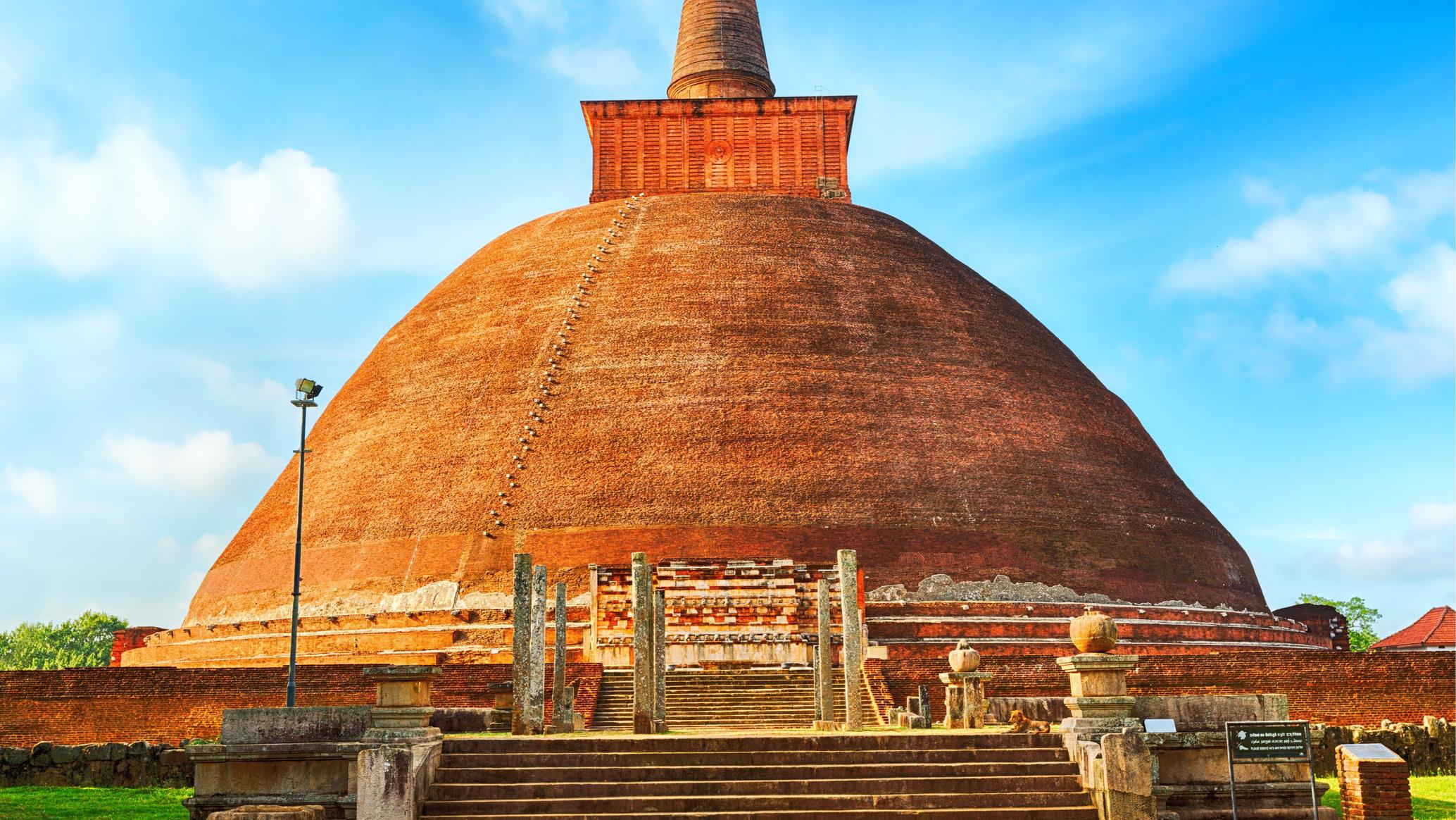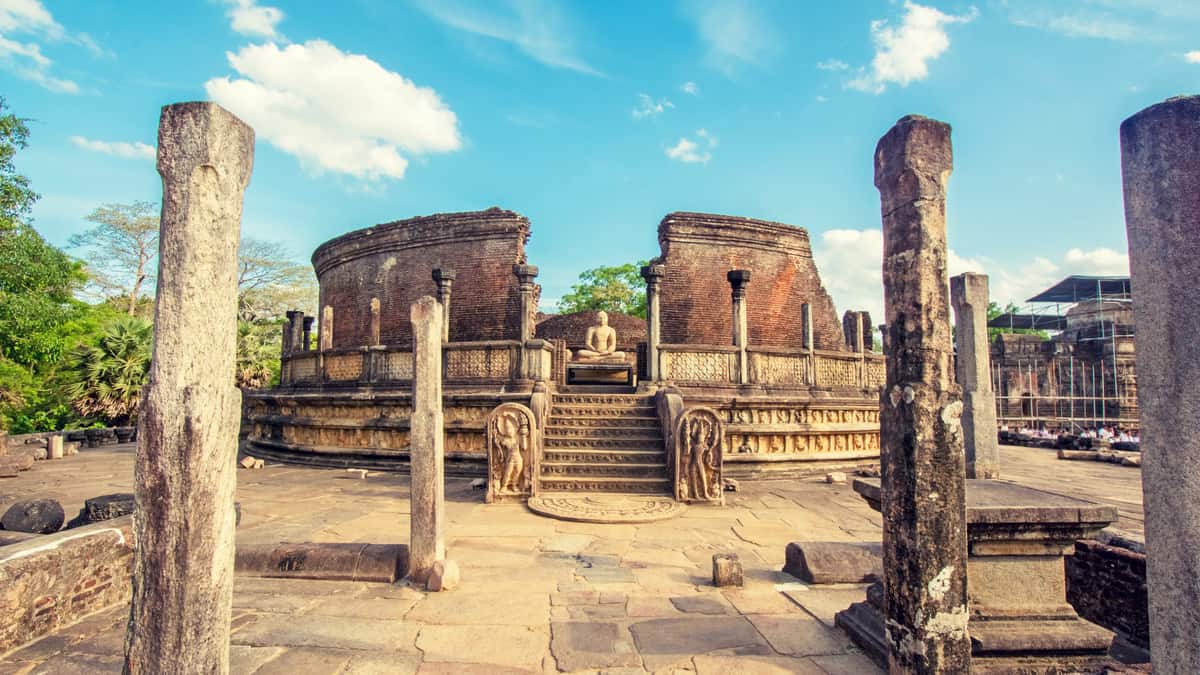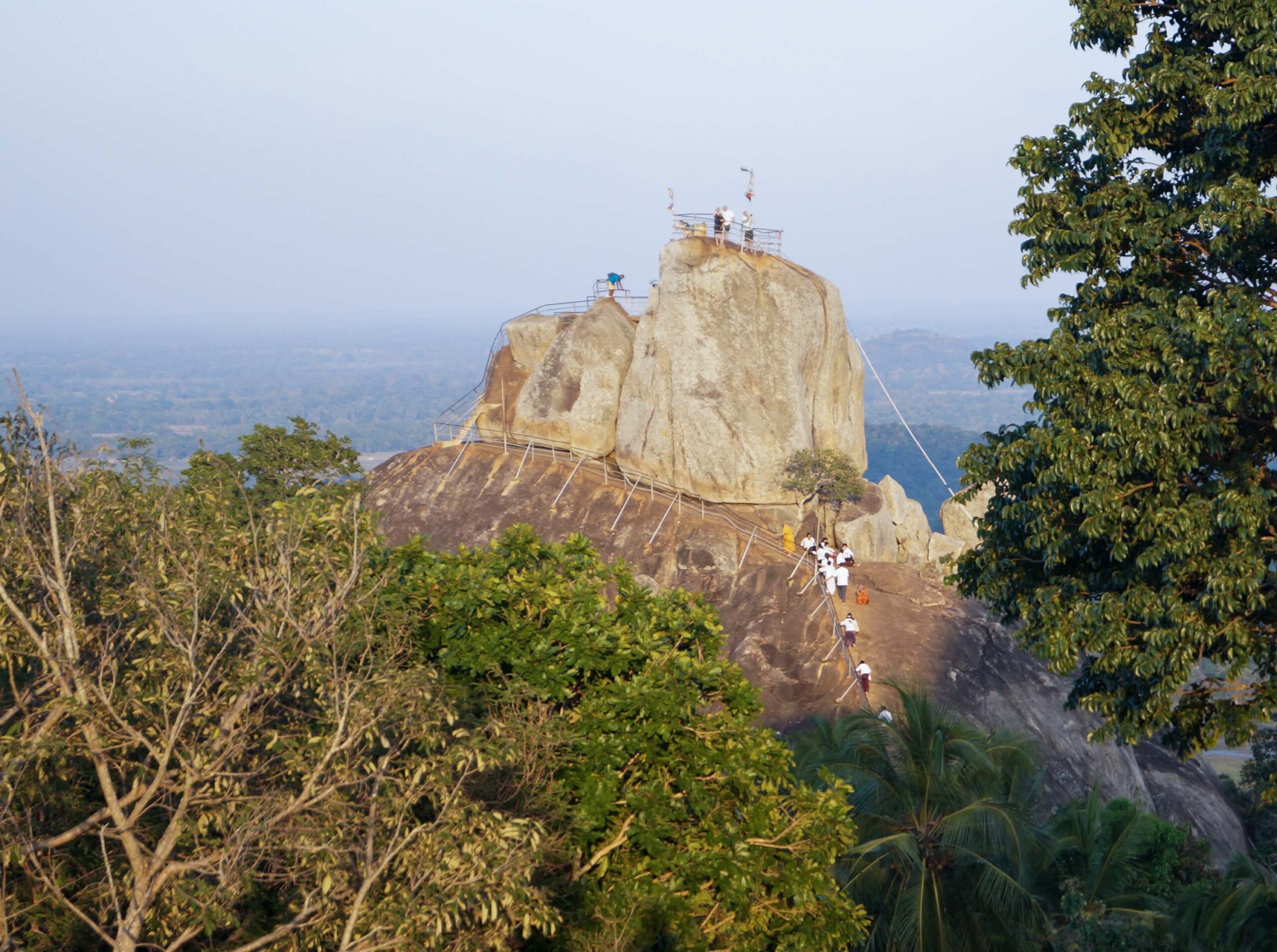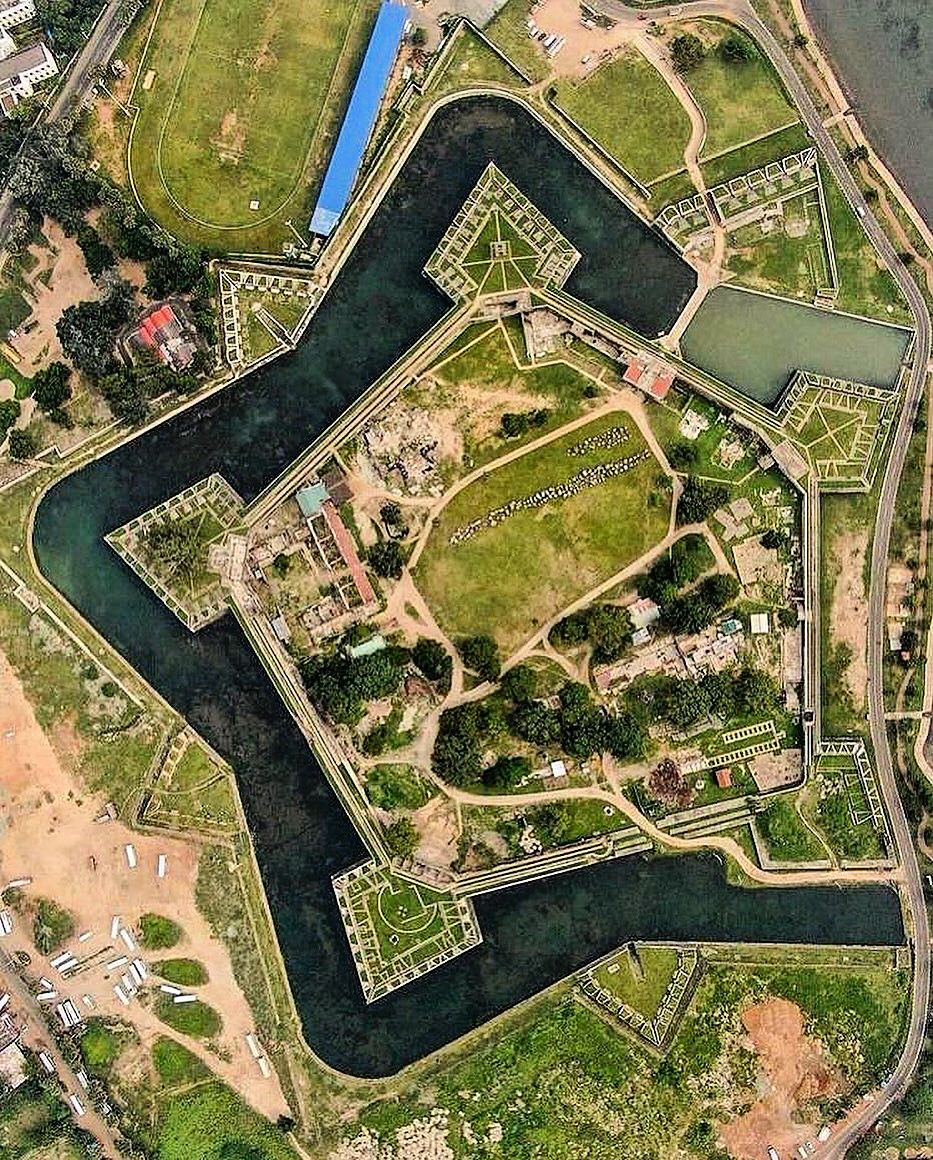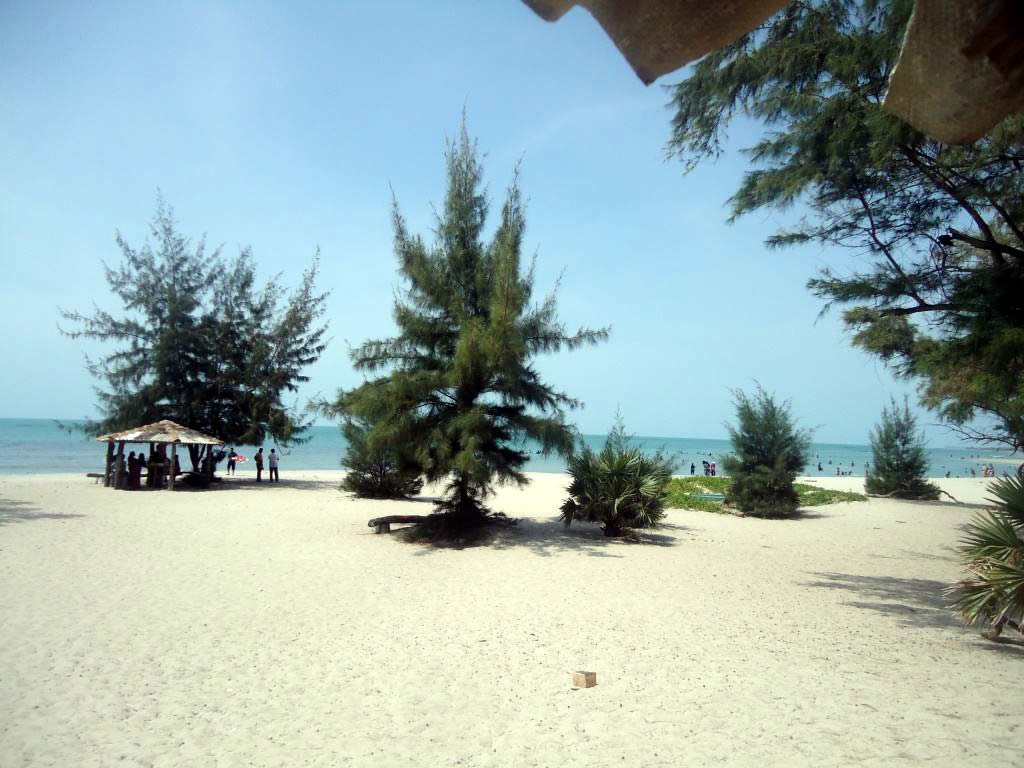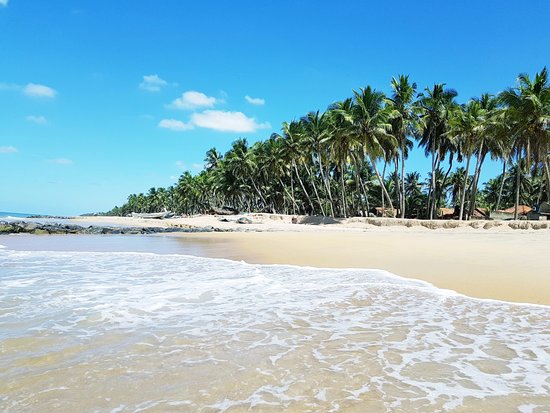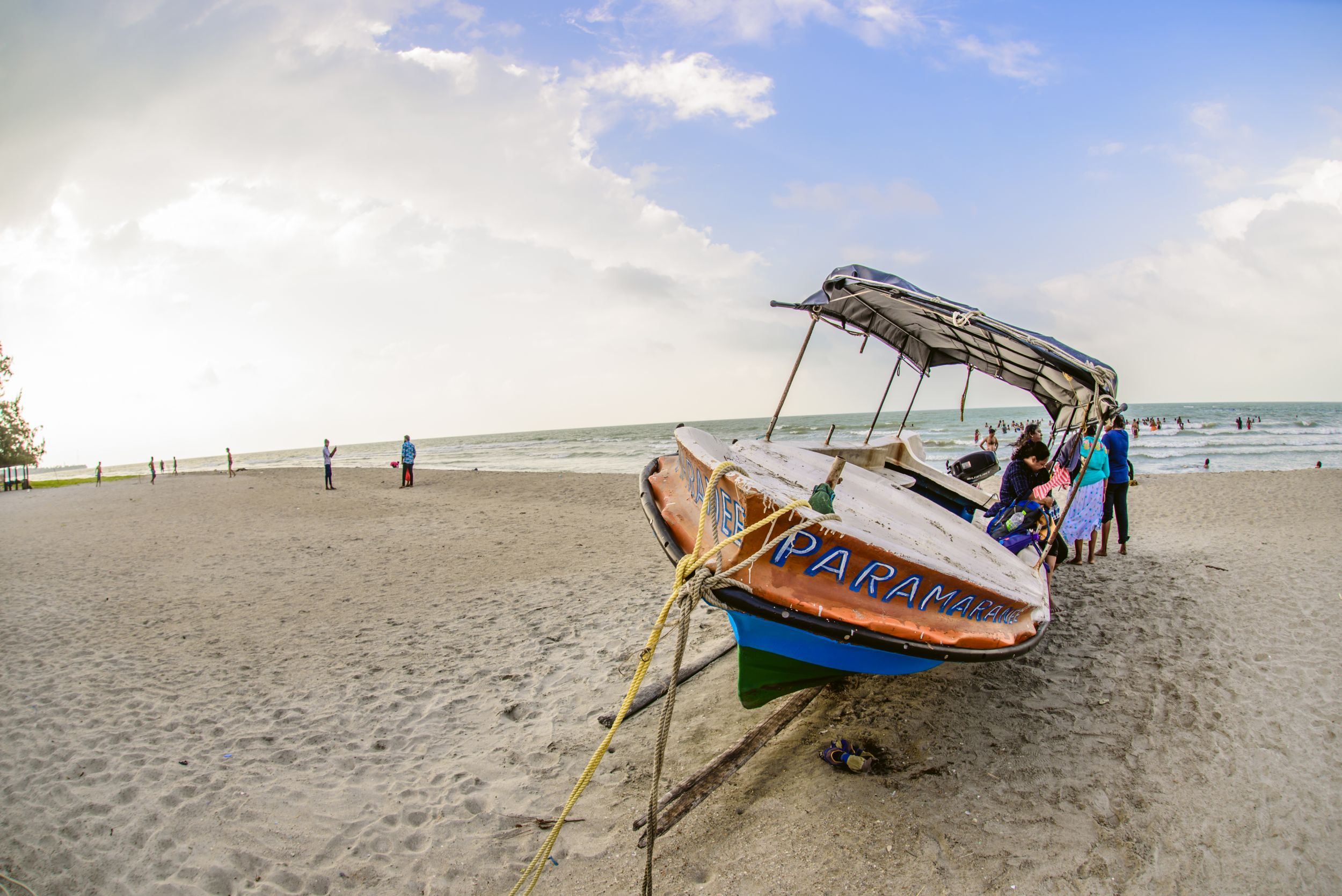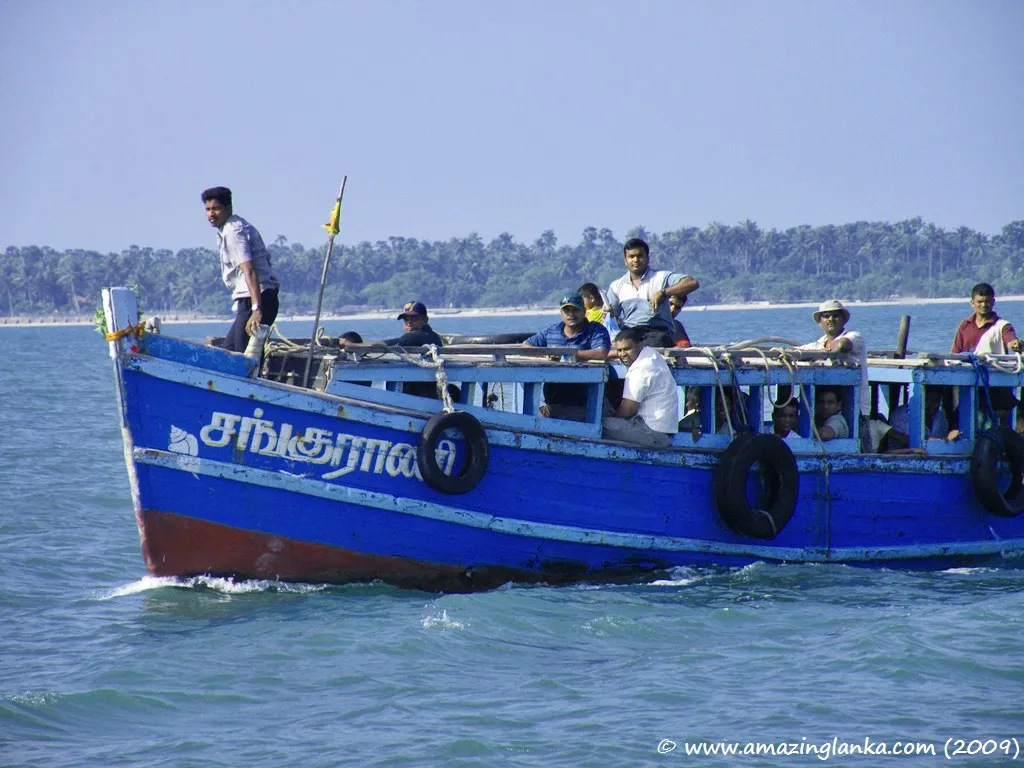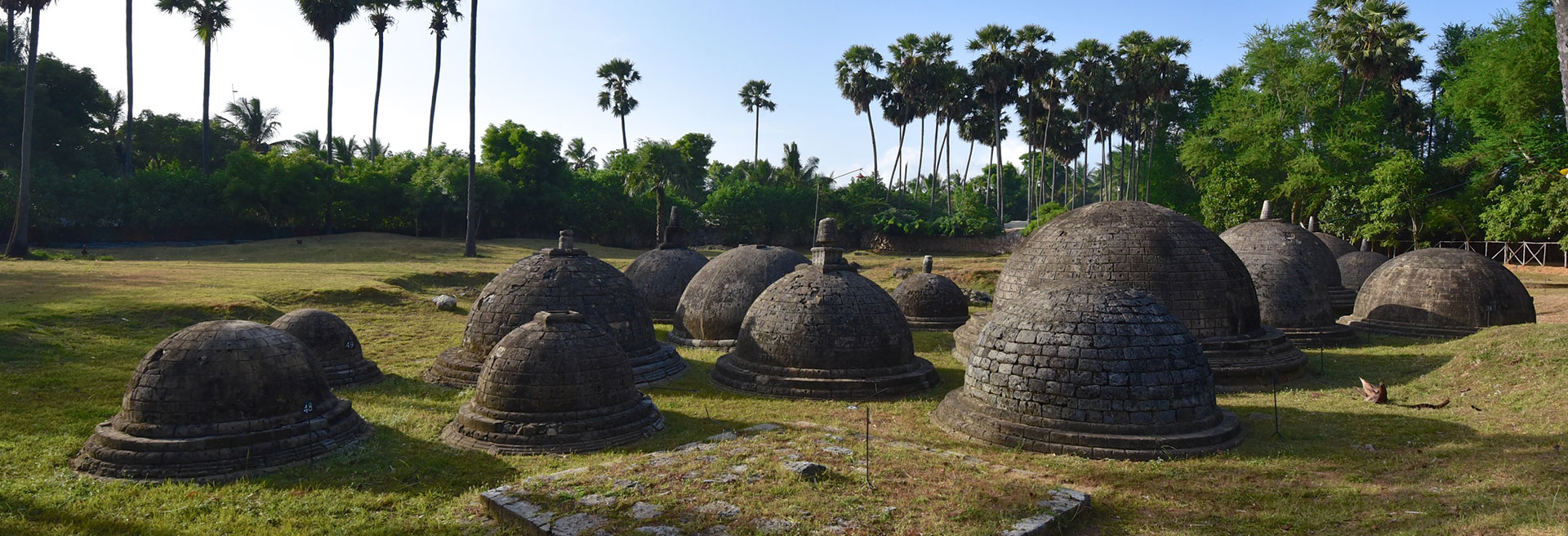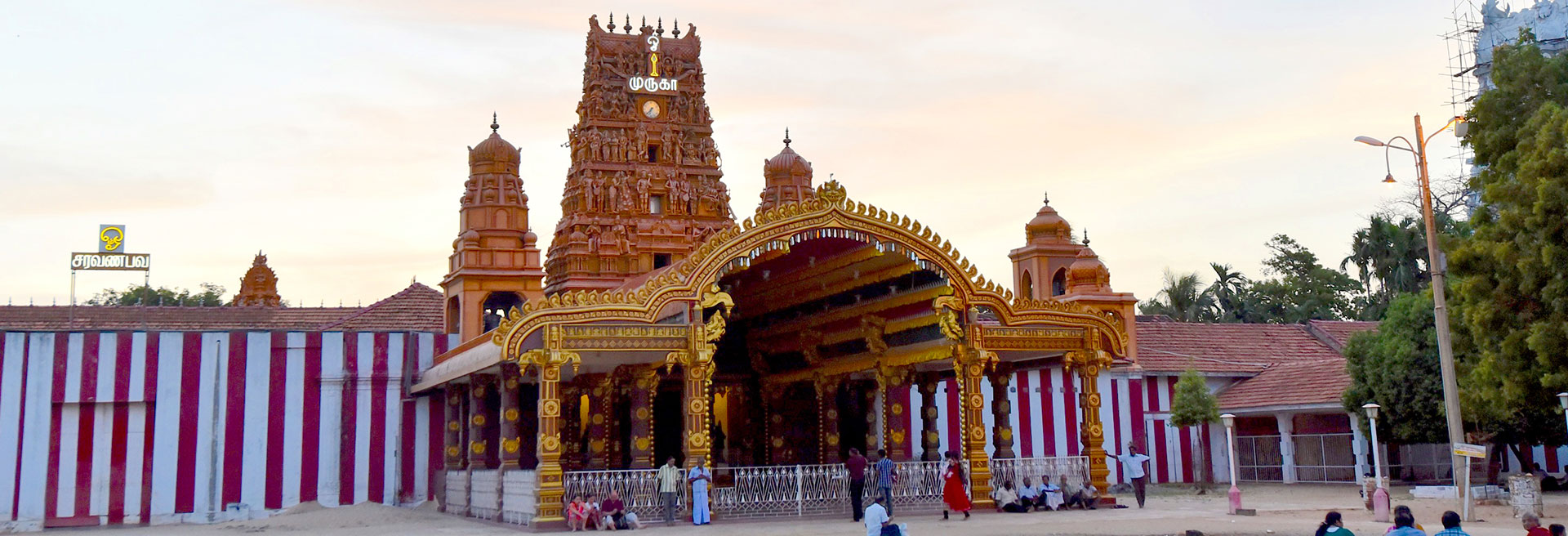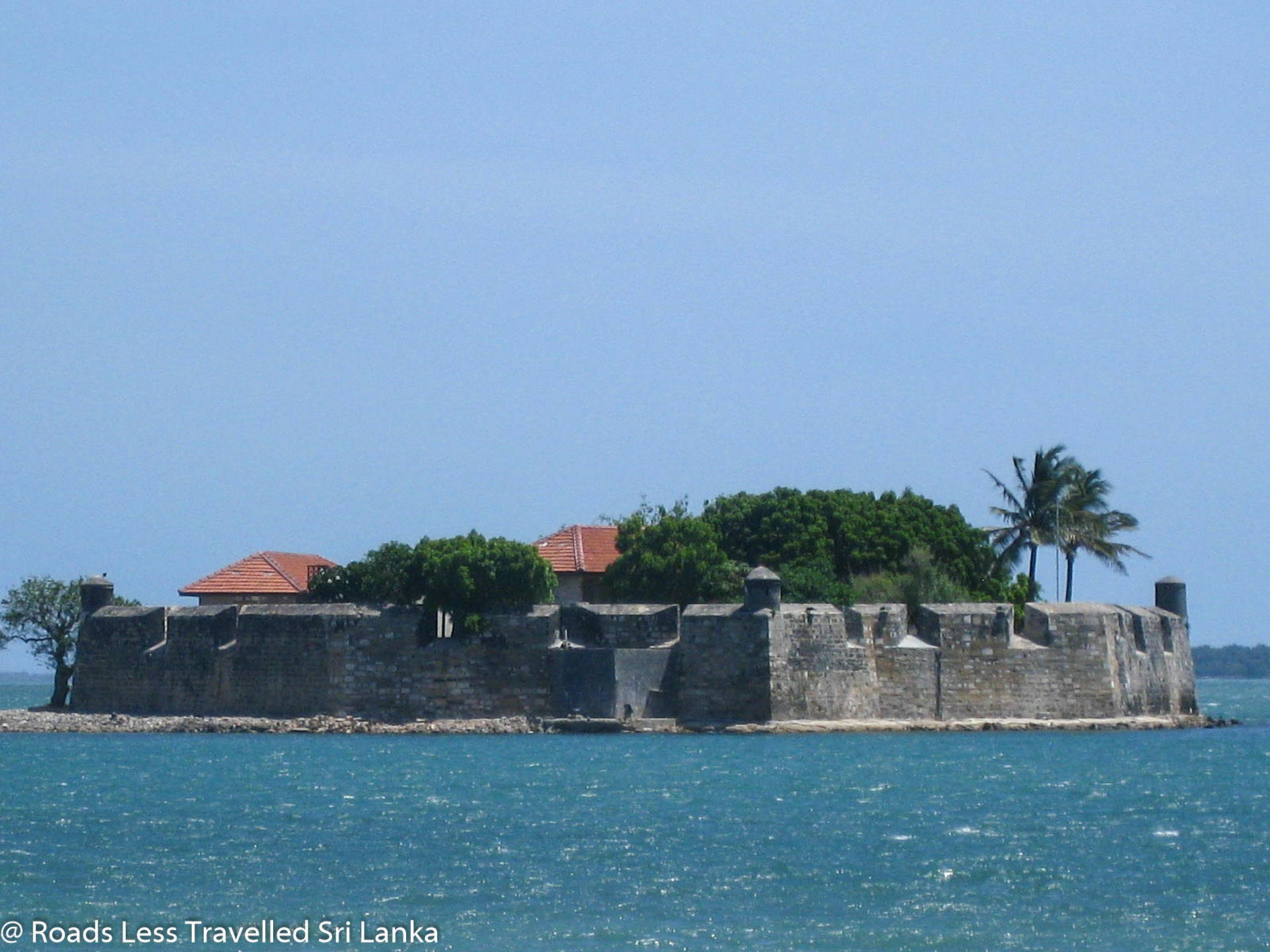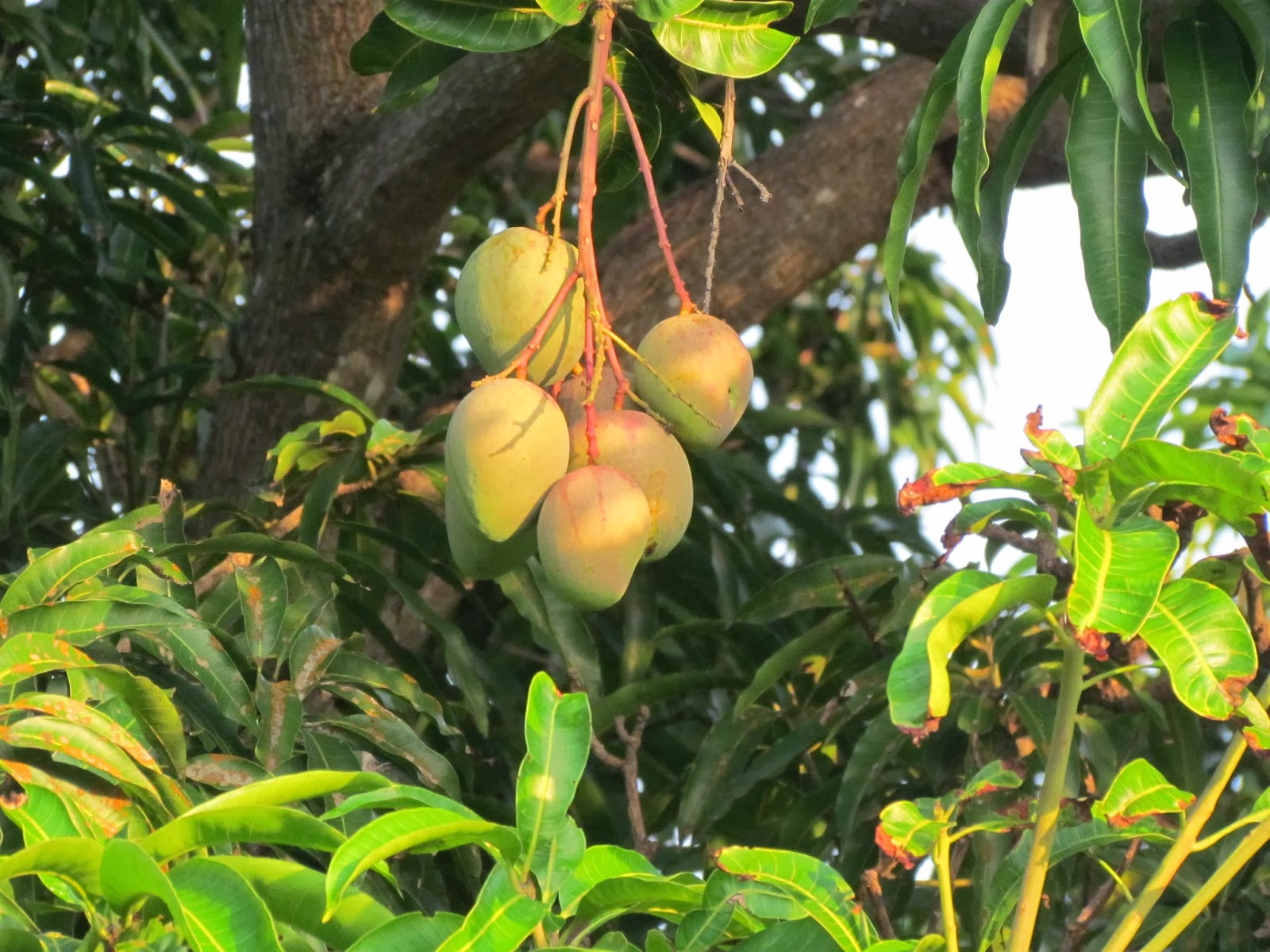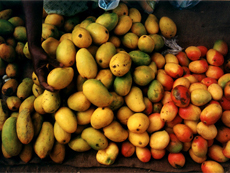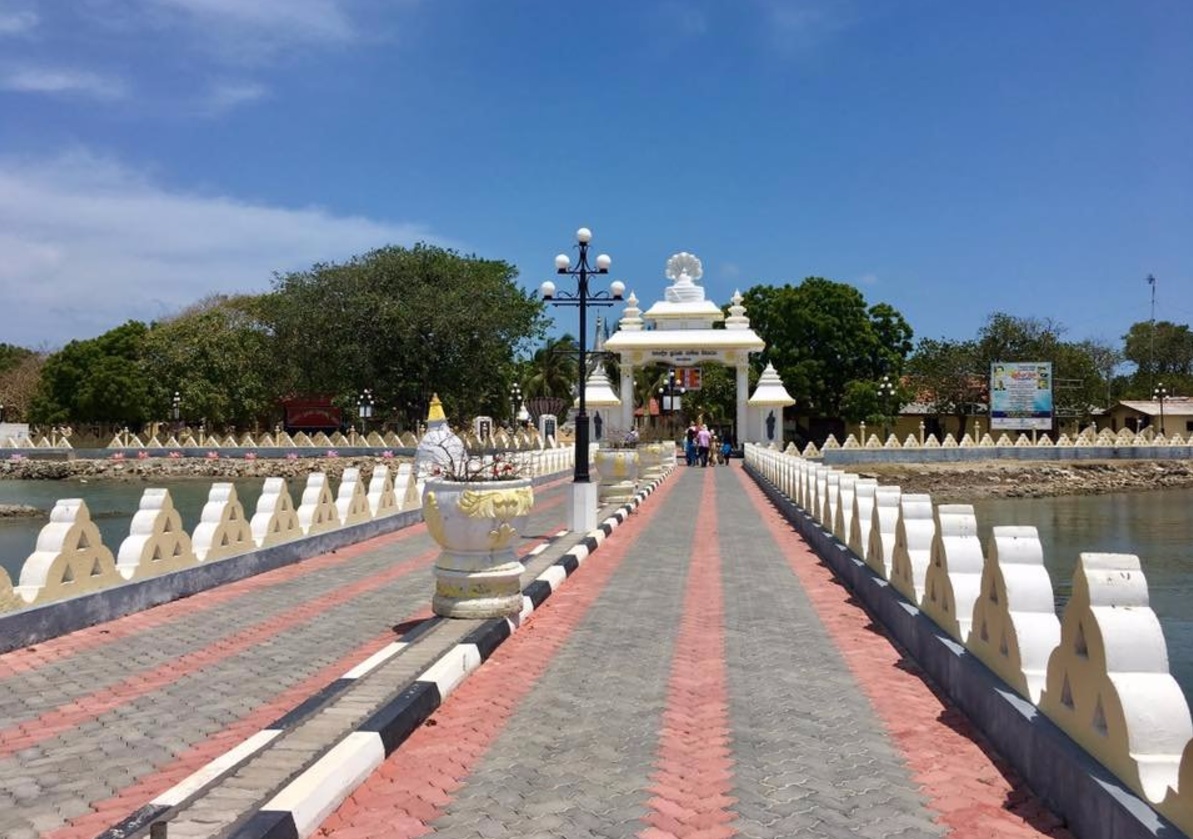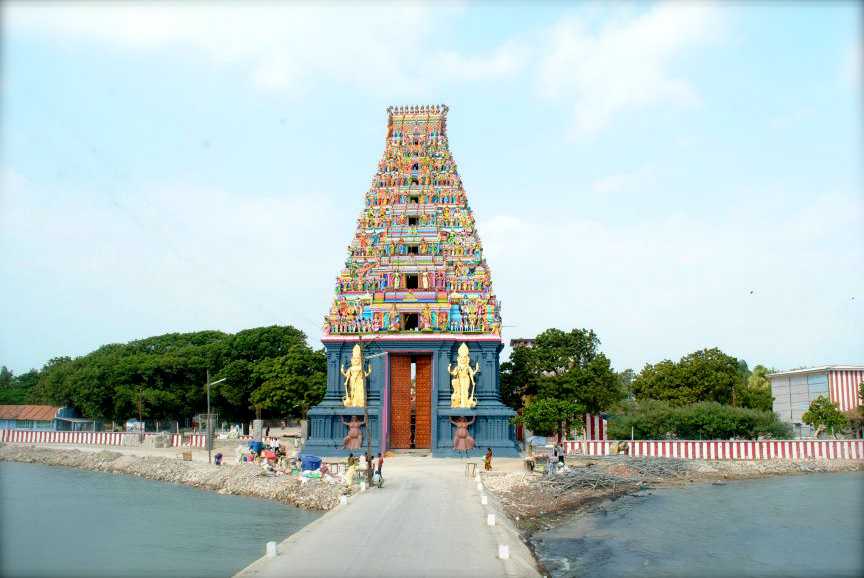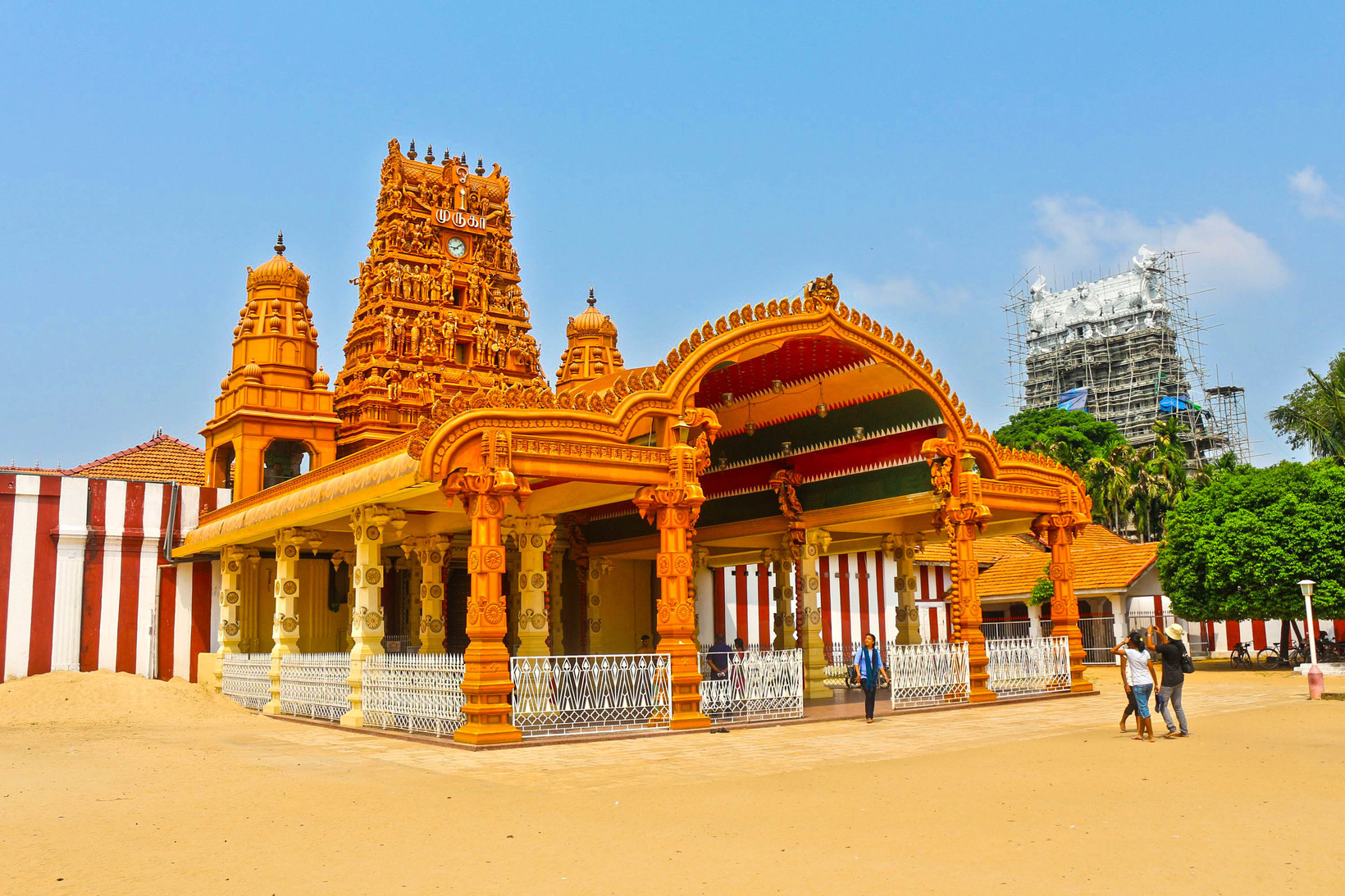Overview
North of Sri Lanka is a world apart from the rest of country. The region had always been closer to southern India than to Colombo and was repeatedly settled and invaded by Tamil migrants from southern India and has retained a unique character and culture, one which owes as much to Hindu India as to Buddhist Sri Lanka.
The thirty year old war, which engulfed the area, had set the clock backwards in the Northern Peninsular, where LTTE terrorists and the Sri Lankan Army were engulfed in intense fighting until the war ended in 2009. The region is gradually emerging from its long years of isolation and fighting, and the painful process of rebuilding of shattered towns and villages, de-mining fields, restoring roads and returning refugees to their former homes is likely to continue for some time to come.
For the explorer, the north is Sri Lanka’s final frontier, and offers an opportunity to explore a region emerging from over twenty years of isolation and civil war.
Reaching Jaffna is now straightforward and requires no security checks or clearance, and although it still entails either a long road journey or a short flight, those who make the effort are amply rewarded.
Foremost of the attractions is the fascinating town of Jaffna, with its absorbing mixture of colonial charm and vibrant Tamil culture, while the Jaffna Peninsula and surrounding islands offer a string of remote temples, Hindu and Buddhist alike, beaches and more off-beat attractions.
Arriving in Jaffna can come as a culture to the uninitiated, and it is difficult to miss the profound Indian influence made obvious by the gradual switch from the singsong cadences of Sinhala to the quick-fire intonations of Tamil, as well as a listof other details like the Indian pop music which blares out of shops and cafés, and the hordes of kamikaze cyclists who fill the congested streets.
Yet the town has its own unique and complex identity shaped in true Sri Lankan fashion, by a wide cross-section of influences, including Muslim, Portuguese, Dutch, British and Sinhalese, with colourful temples set next to huge churches, and streets dotted with ancient Dutch and British residences.
The rural surroundings of the Jaffna town, and the source of much of its former prosperity, is the Jaffna Peninsula, a fertile arc of land criss-crossed with small country roads lined with endless walled gardens and smallholdings, growing a wide variety of crops including chillies, onions, bananas, jackfruit and grapes.
Further south, the vast track of thinly populated countryside known as Vanni, is little visited, even by locals, although the remote church at Madhu draws a steady stream of pilgrims while the war-torn town of Kilinochchi, former capital of the LTTE, provides a stark reminder of the destructions of the war.
To the west of Jaffna, a string of islands straggle out into the waters of the Palk Strait towards India. Two of them, Kayts and Karaitivu, almostjoin up with the mainland, to which they’re connected by causeways, as is Punkudutivu further west. Punkudutivu is the starting point for ferries to Nainativu, home to two important religious shrines, and the remote island of Delft.


